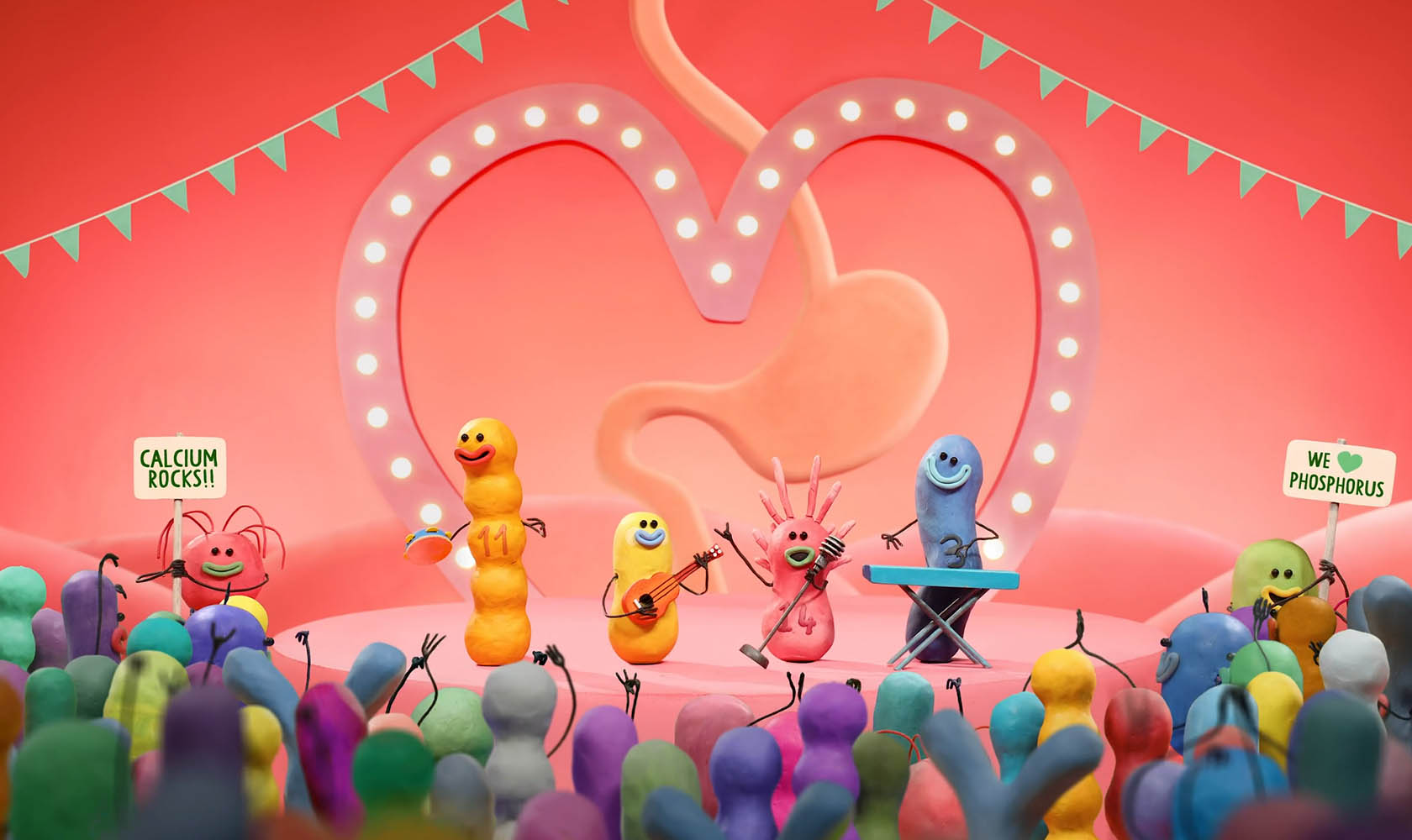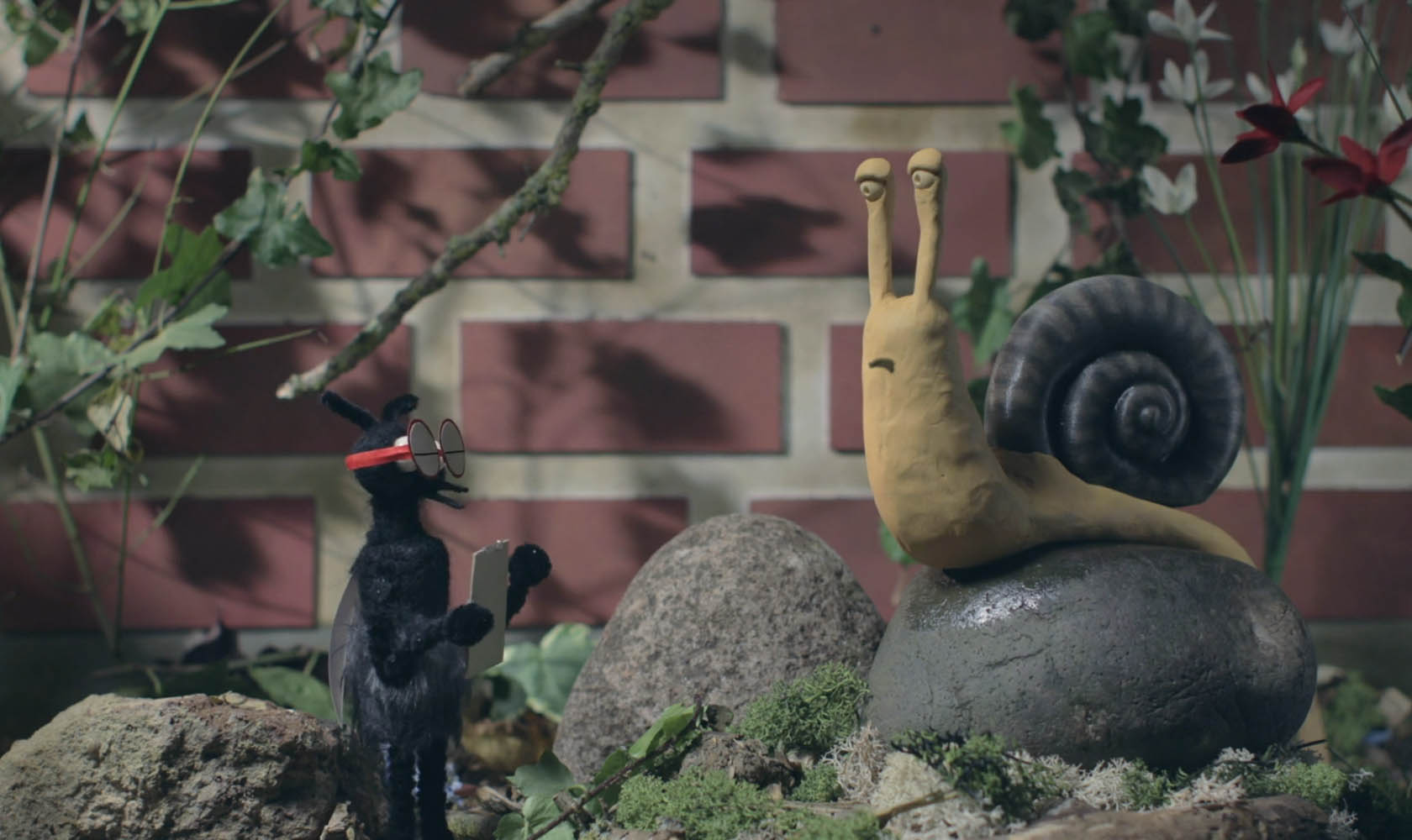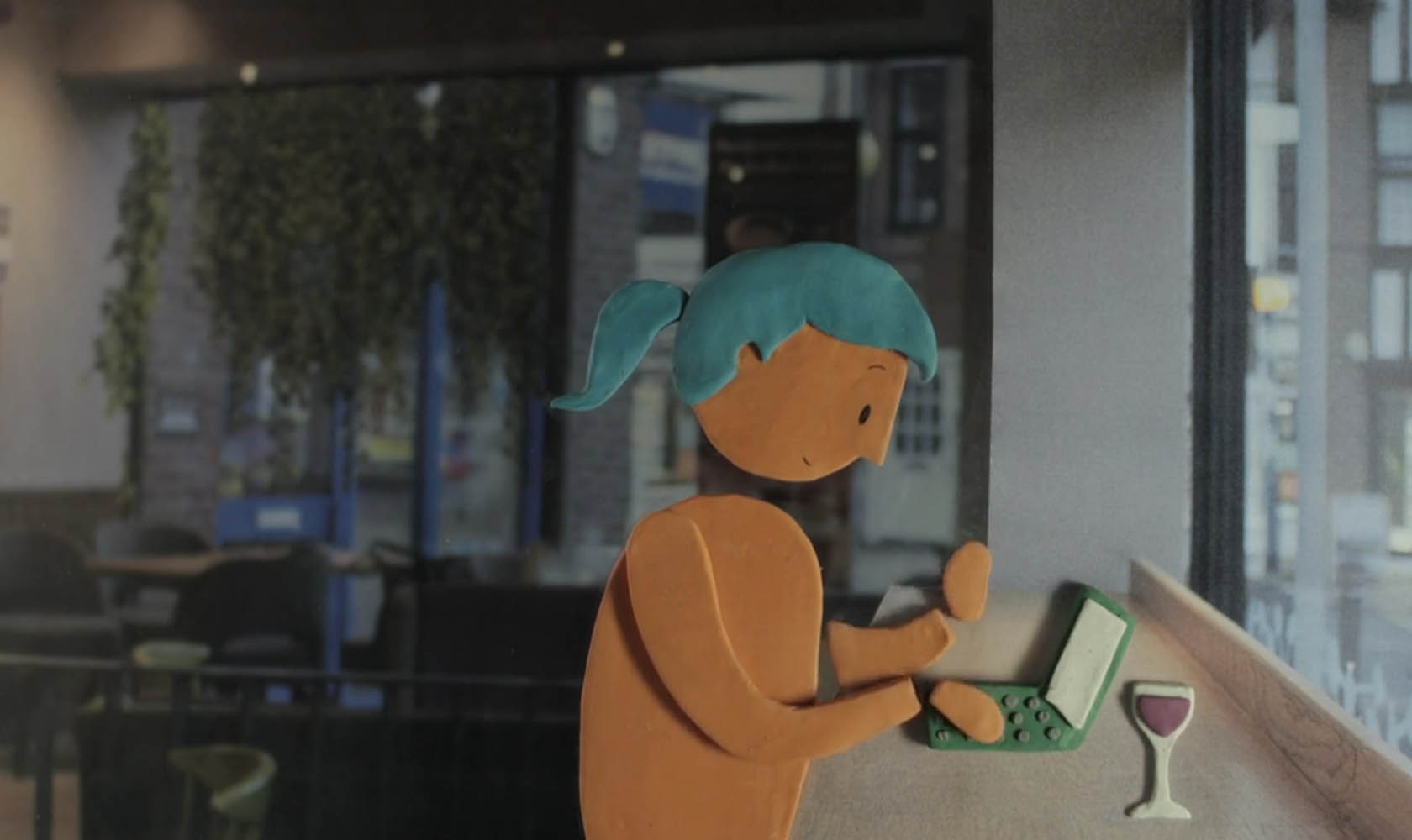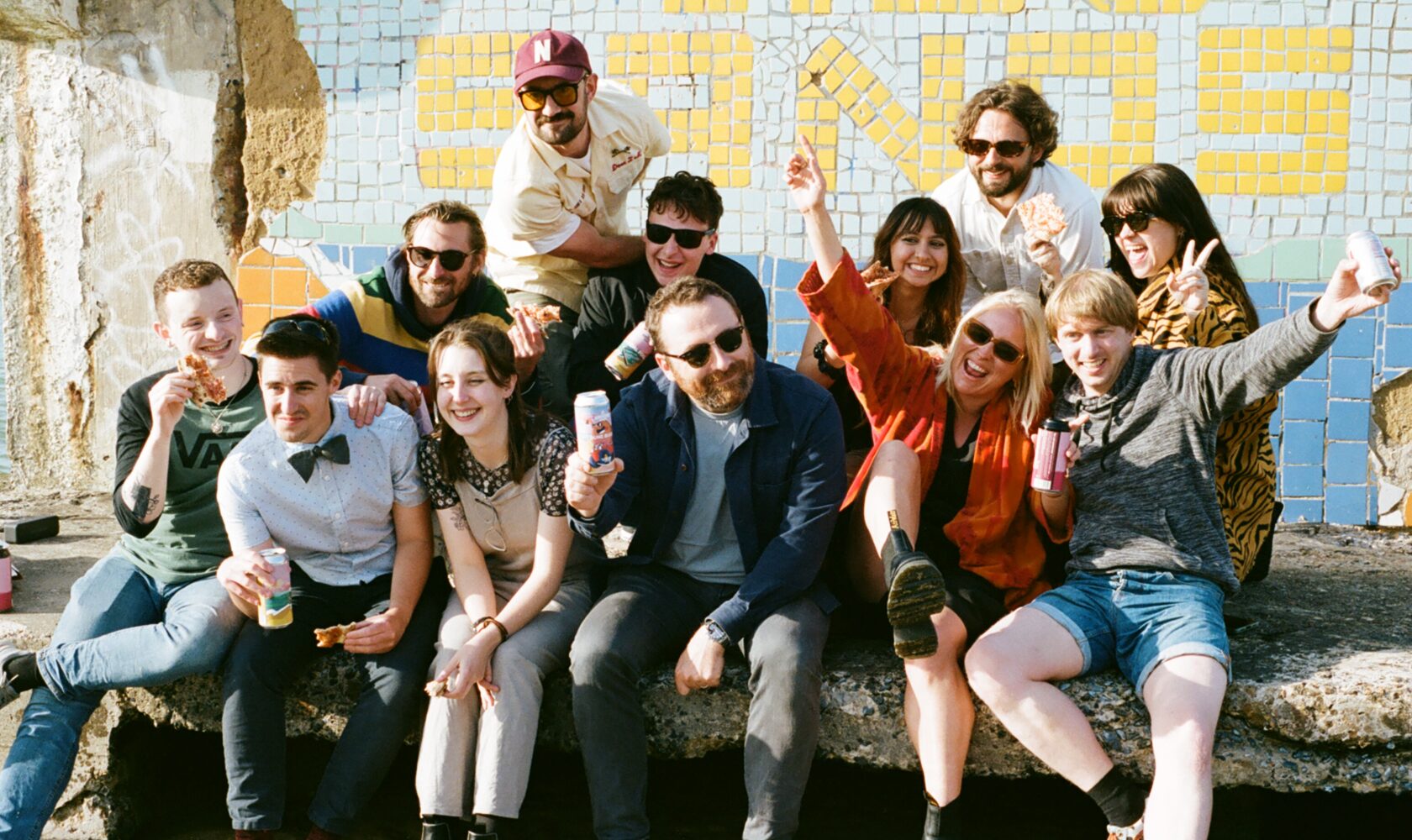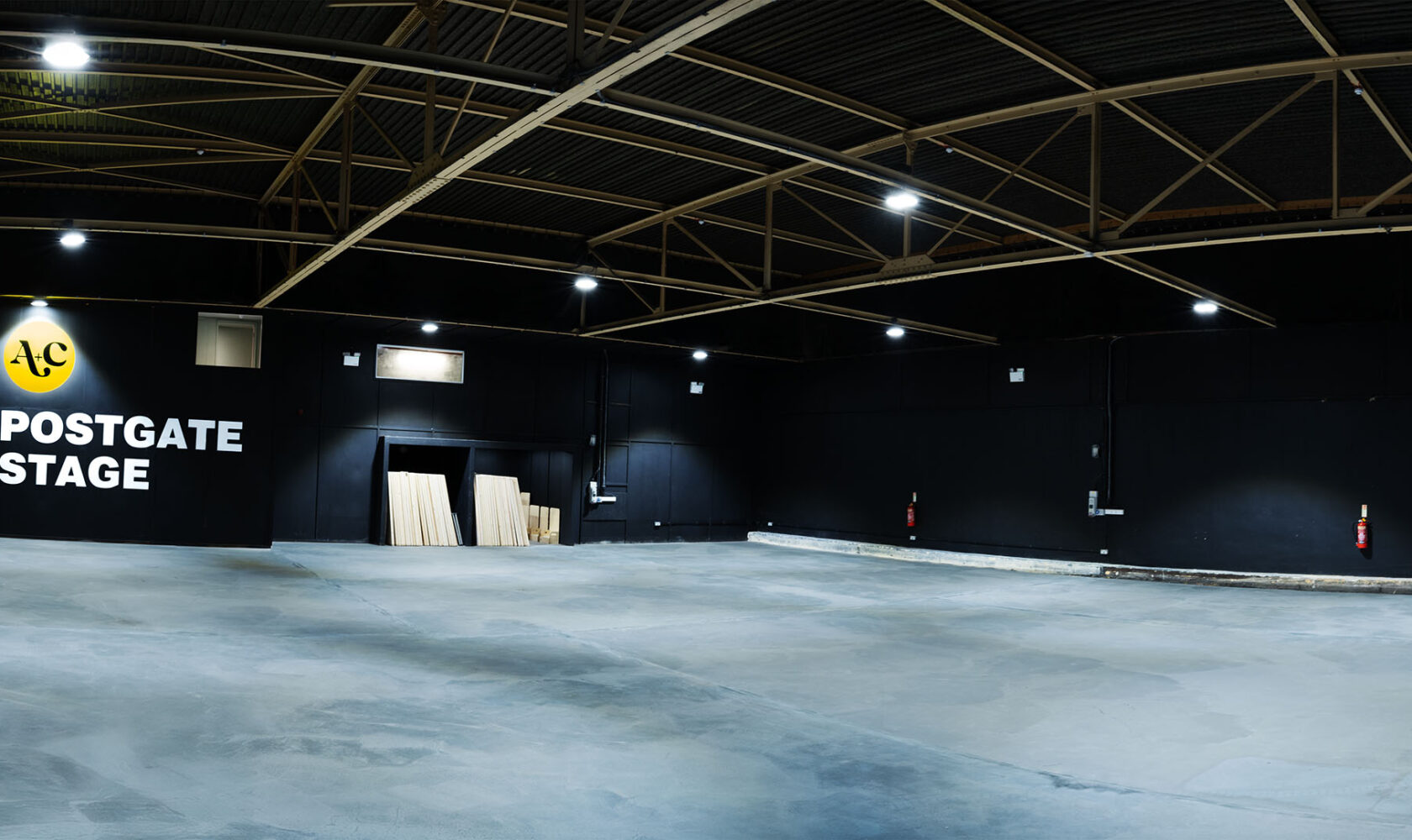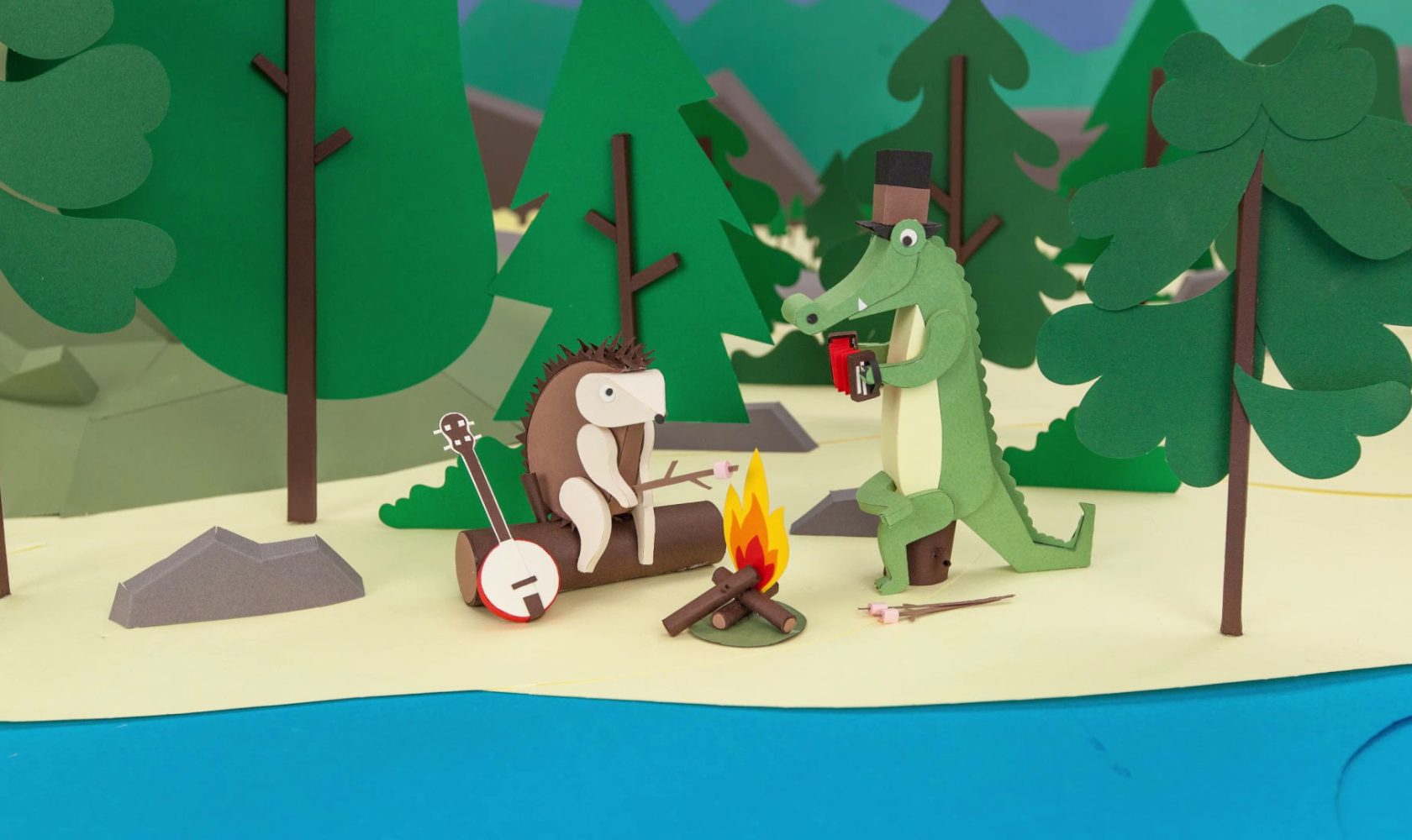14th August 2024
- Creativity
- Resource
If you’ve ever wanted to create your own Claymation animated films this blog will help explain the process!
Since British stop-motion studio Aardman popularised the claymation medium through their use in films such as Chicken Run, Wallace and Gromit, and Shaun the Sheep, it’s become a household visual identity. One that captures the attention of children and the admiration of adults. There’s a versatility to Plasticine that makes it perfect for expressing your own ideas. This can be a slightly daunting in the beginning but we’re here to show how fun of a job it can be.
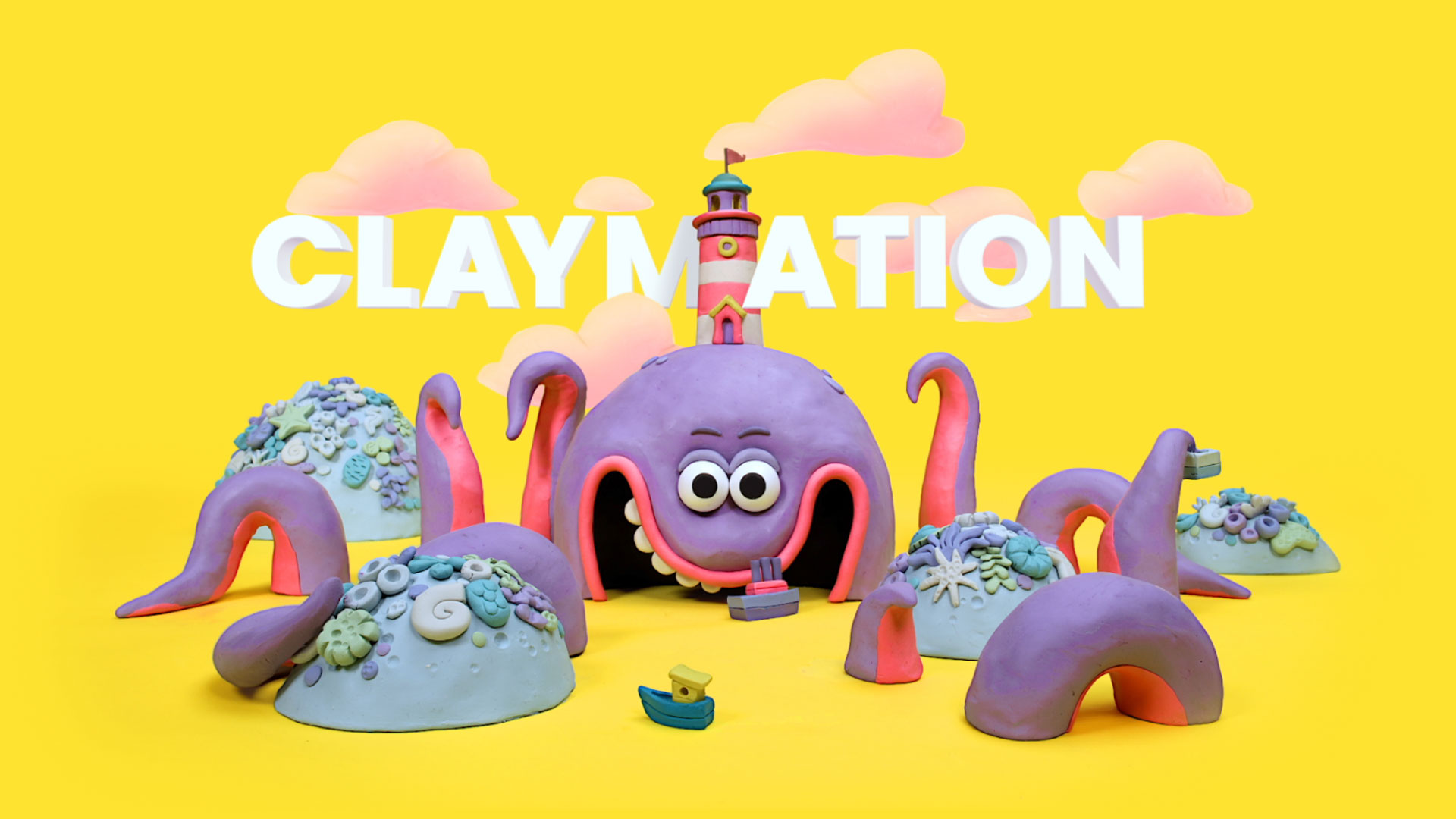
A Claymation animation could be anything from a fully Plasticine world with Plasticine puppets or Claymation (Plasticine) characters interacting with real environments or built sets and props. The basis of any Claymation film are the clay characters. That’s arguably the most important part of any film.
Have a read through our blog What are stop-motion characters? to find out more types of stop-motion characters you might come across. Also, check out our blog about the most famous Claymation characters in animation. Who are some famous Claymation Characters?
Don’t be put off by the complexity of Claymation characters you’ll see in films, TV shows, and online content. One of the best ways to start creating your own animations is getting some blobs and balls of Plasticine and making them bounce around a table-top. Practise the physics of a rolling ball, have them impact each other like little pinballs. Have fun with it and play, frame-by-frame at a time. Check out our upcoming blog on animation resources if you need pointing in the direction of software and equipment to use.
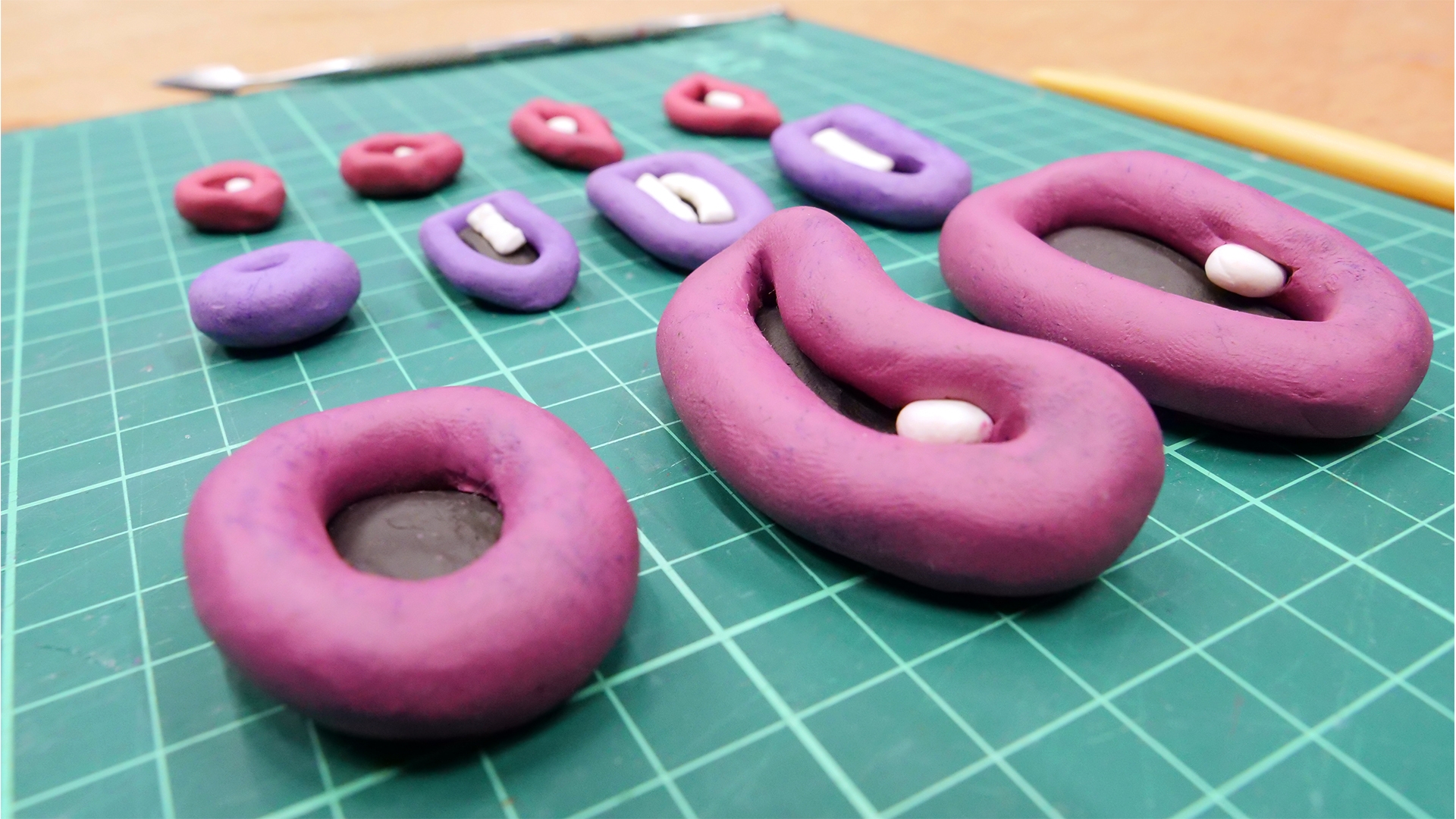
Once you get a feel for the material, it would be worth having a crack at some sculpting. There are some fantastic online tutorials that will walk you through the process. Take a look at Merlin Crossingham (one of Aardman’s animators and directors) building one of their most famous characters, Morph. How to build a Morph with Aardman. In it you’ll see how to build out a character from one blob of clay. This will help in the animation process so arms and legs don’t fall off the main body!
Over the next section of the blog we wanted to talk a little bit about the Claymation commercials we’ve worked on over the years. We’ll go through an overview of the process and dive into some of the thinking that went into making each of these unique animations.
ReDefine Haemophillia – Claymation
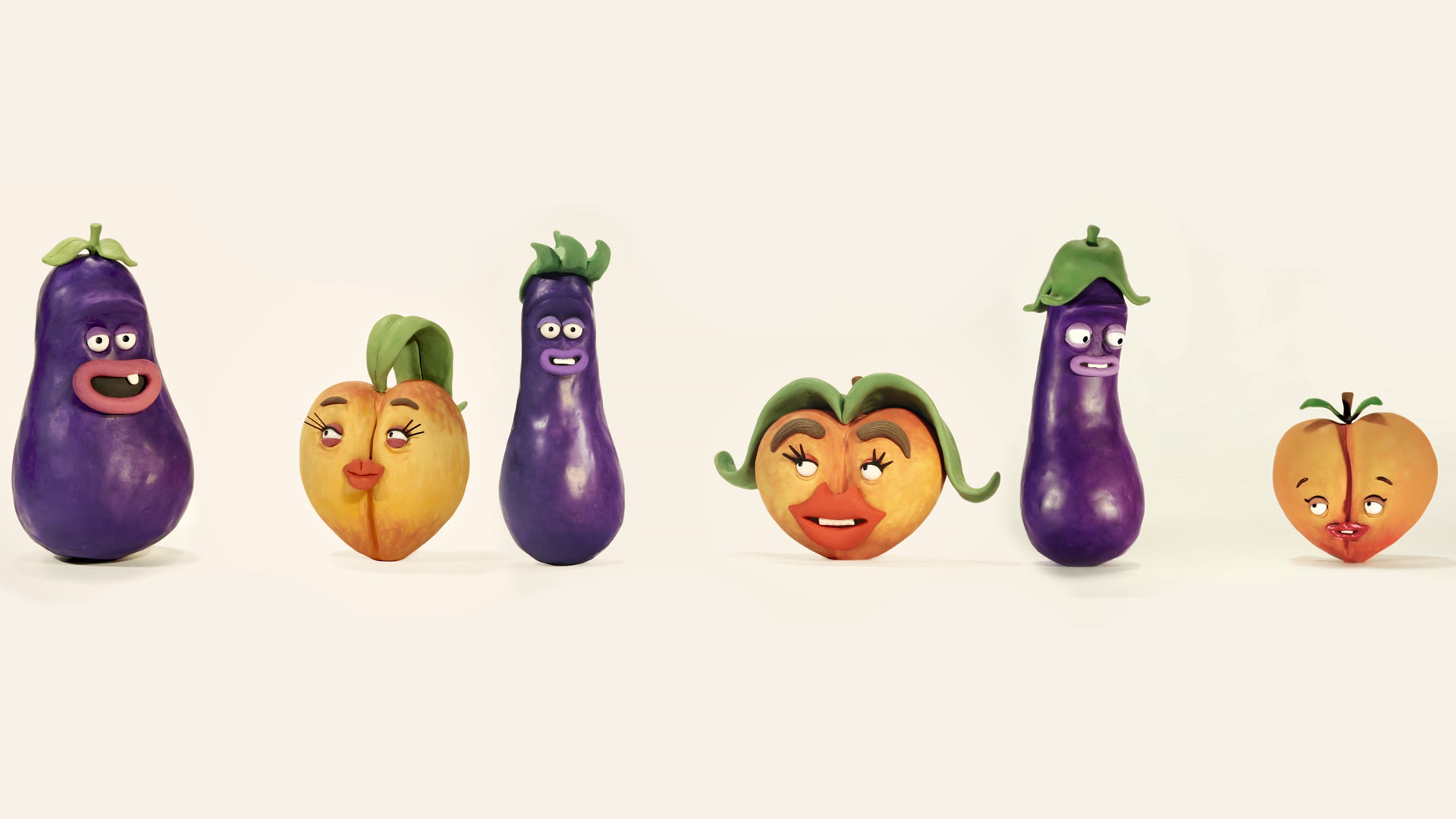
One of the joys of Claymation is that you can go as simple or as complex as you want, depending on the design. What can be simpler than animating fruit and vegetables? For the production, we were given the task of creating a series of aubergine and peach characters to represent couples. The campaign aims to raise awareness for young adults with haemophilia, discussing the ways it affects relationships or sex life.
The Claymation characters were designed to be simple and readable whilst different enough from one another for us to know that each film is about a different couple. The process of creating each puppet began with a simple foam and wire armature. This was done to keep the weight at a minimum as this makes them a lot easier to rig for the final stop-frame animation. Plasticine was then used over this solid centre until the entire thing was covered. Details such as leaf hair and eyes were then added, completing the base layout of each of the characters.
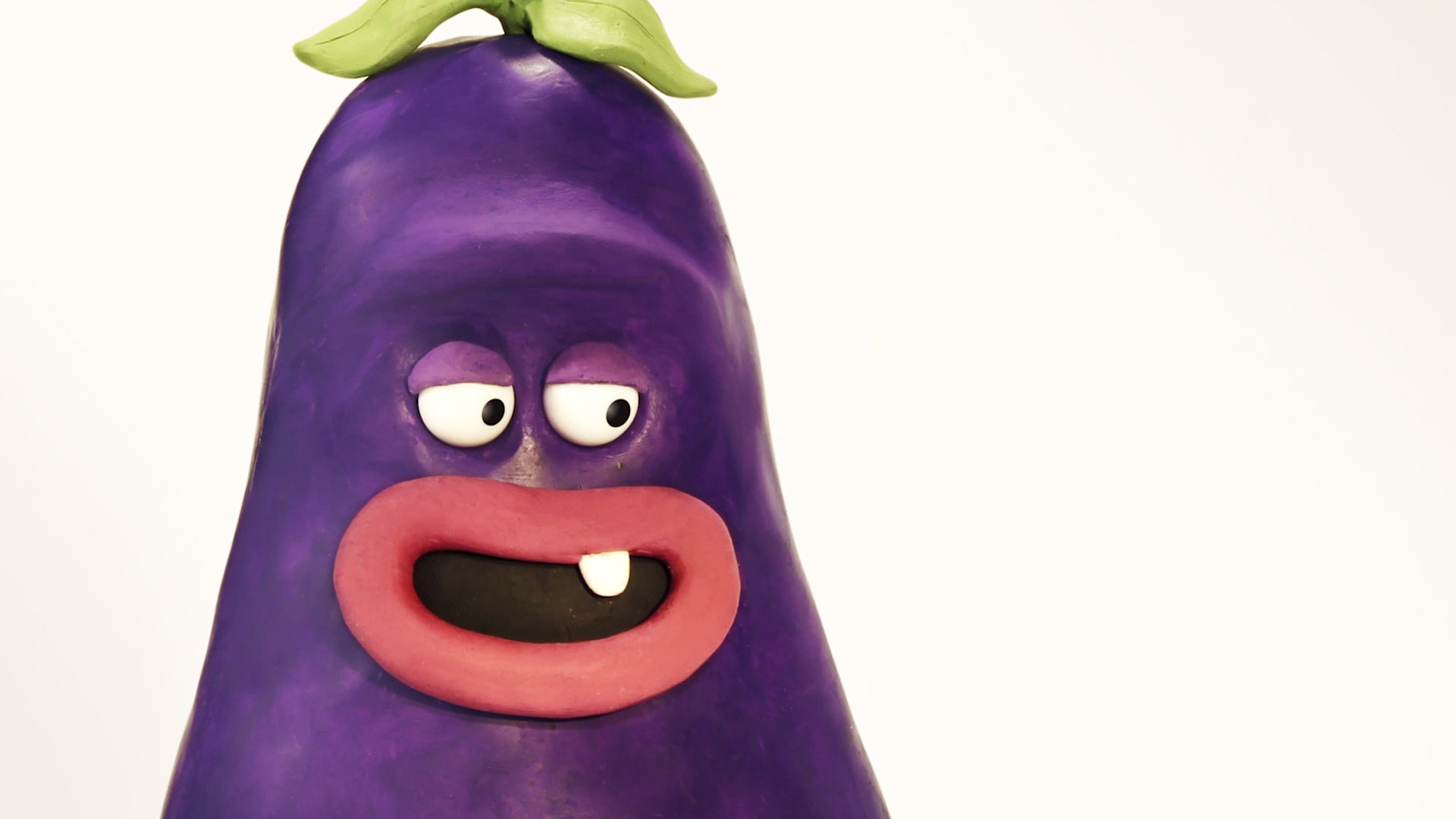
A method called replacement animation was used to animate each of the character’s mouths. This process involved creating individual mouths which cover the shapes of each vowel and sound a mouth can make. These replacement mouths are swapped in and out depending on each sound of the audio track to give the illusion of speech. The process is very time consuming, but the results are amazing every time.
Yeo Valley – Claymation
When tasked with launching Yeo Valley’s Kefir range, our main goal was to spread the word about gut-healthy goodness, and we were totally up for the challenge. We dove headfirst into the design process, knowing that we needed to build on the positive health messaging of the Kefir range with eye-catching visuals.
Claymation was the perfect medium to bring our vision to life. By using this technique, we added charm and personality to the healthy gut-biome inhabitants. The block pastel colours of the Plasticine and charming asymmetrical silhouettes makes these characters a cute and friendly bunch. The whimsical and playful nature of Claymation complemented the health-focused messaging beautifully.
We couldn’t be more proud of the end result—a campaign that not only highlights the benefits of Yeo Valley’s Kefir but also delights and engages through the enchanting art of Claymation.

Ovary-Acting & Abducted by Aliens – Claymation
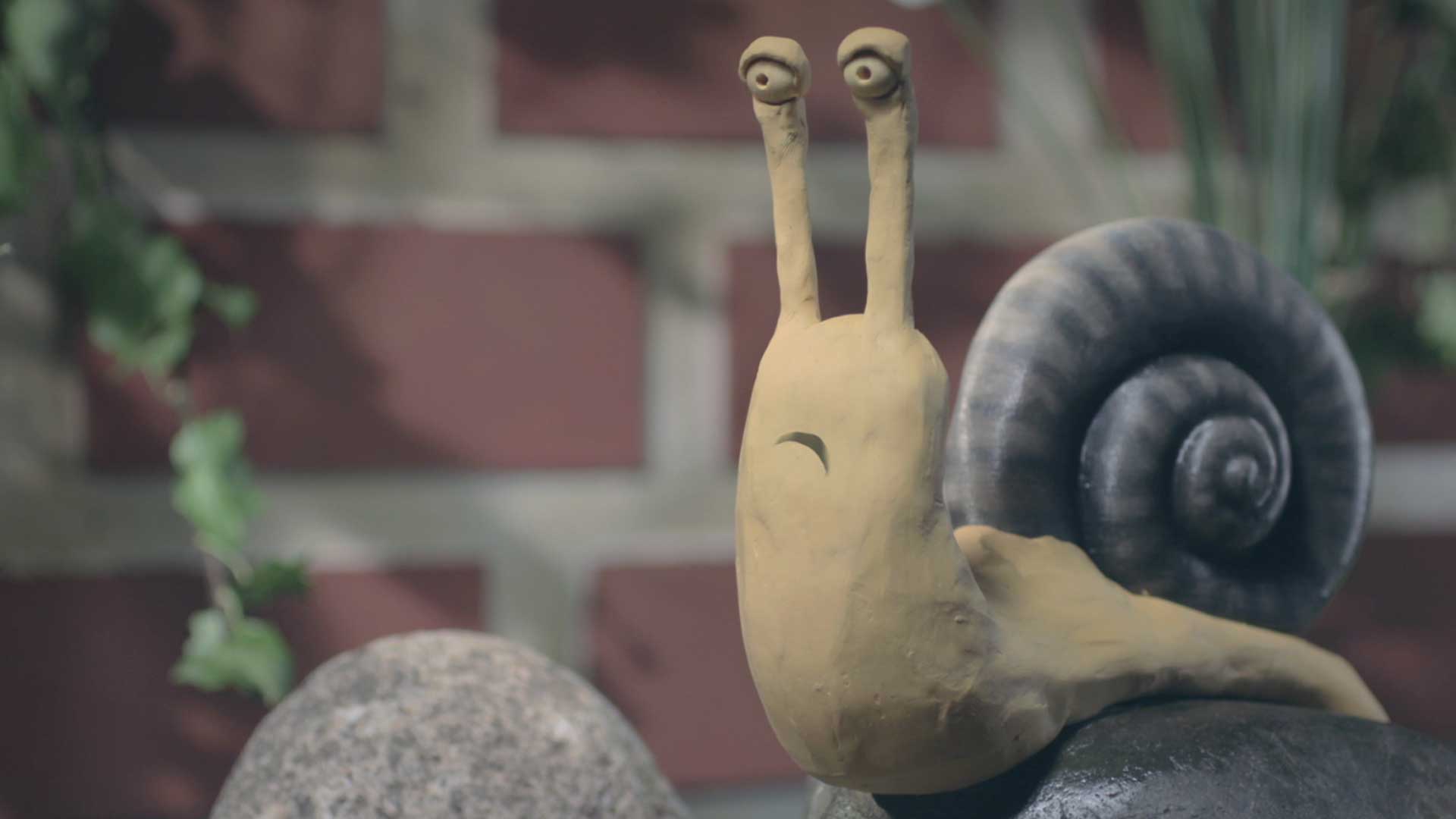
Directed by Ida Melum, Abducted by Aliens is an award-winning claymation film that garnered the Jury Award for the BBC TV Licensing Campaign. This charming stop-motion animation features a snail who whimsically claims to have been abducted by aliens to avoid paying his TV Licence. The playful and imaginative storyline highlights our team’s expertise in crafting unique and captivating animations that resonate with audiences. This comical Claymation film harks back to Aardman’s Creature Comforts, taking inspiration from the mockumentary interview style. Check out our blog post here where we discuss the influence Creature Comforts had on stop-motion animation.

Melum’s talent extends beyond this whimsical tale. She also directed a compelling claymation and mixed media piece that delves into the societal and instinctual pressures women face regarding motherhood. Stylistically, Ovary-Acting is very different from Abducted by Aliens. Shot on glass from a top-down camera with backgrounds constructed from collaged live-action photography. The detailed claymation technique enhances the emotional depth of the story, showcasing Melum’s versatility and mastery of the medium. Through these works, she demonstrates the powerful storytelling potential of claymation, capturing complex themes with charm and nuance.
Our Claymation reel
Checkout our Claymation reel that highlights some of our best projects working with the medium. We’re passionate about continuing to create charming and nostalgic Claymation.
AXA XL
The fun of making stop-frame movies with clay is the versatility and variety of different types of films you can make. For a project we worked on for AXA, a very different approach was taken from the traditional stand up models that are usually associated with stop-motion. Every element of this film, from characters to props, was created to be flat. This meant that although 3D, the final film took on an almost 2D animated feel.
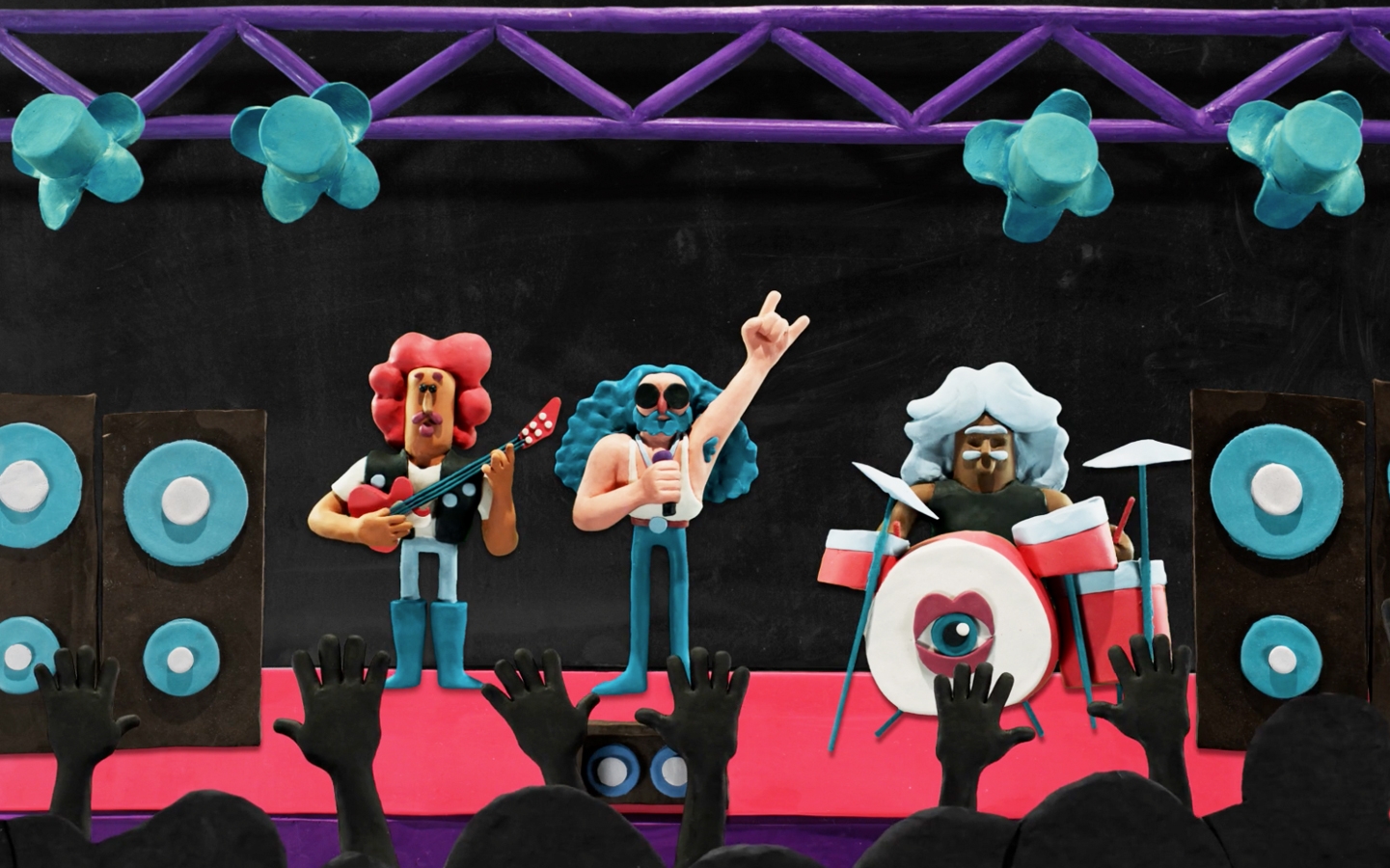
The character modelling process involved working closely with design drawings to produce 2D looking characters. The advantage of creating models in this format was that we were able to almost replicate each drawing using Plasticine exactly. Once all the clay elements were created, the background props were assembled and the characters were animated on a piece of glass from above. This allowed for the clay elements to stay as clean and separate as possible, minimising the amount of clay that would rub off of the background elements and onto the characters. Effects such as fire were also shot in glass, but this time over a green screen. This meant that these effects could be added into the final shot anywhere and manipulated as much as we wanted in post-production.
What is A+C?
As a British stop-motion animation studio, back in 2014, we created a series of Claymation animations. The idea came after we were constantly being asked what A+C stands for, so we had some fun with it. For these animations, we created the characters A and C, two friends who would get into all sorts of mischief in every episode. The models for each character were created completely out of plasticine, as due to their design, it was easy for each of them to be free-standing with not much rigging having to be used. Replacement mouths were created in the same way as they were for the aforementioned Haemophilia project, and with neither of the characters having any dialogue other than noises, various mouth shapes were used more to show the characters’ emotions.
The real modelling challenge for these shorts was in creating the extra props required for each episode. The general premise of each animation was that A and C would each have a different thing that started with each of their respective letters. Individual and unique props were made for each episode, and these spanned a whole range of things from a chicken to even an allosaurus! It was a lot of work that was immensely rewarding to see come together in each of these short animations!

